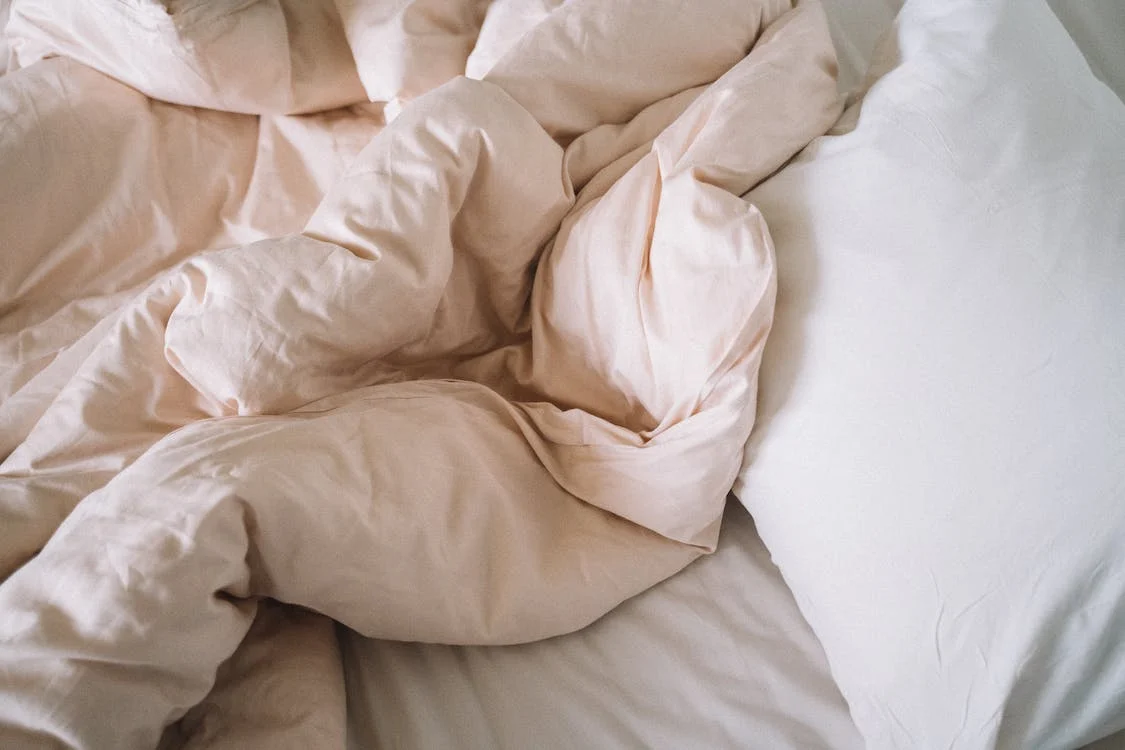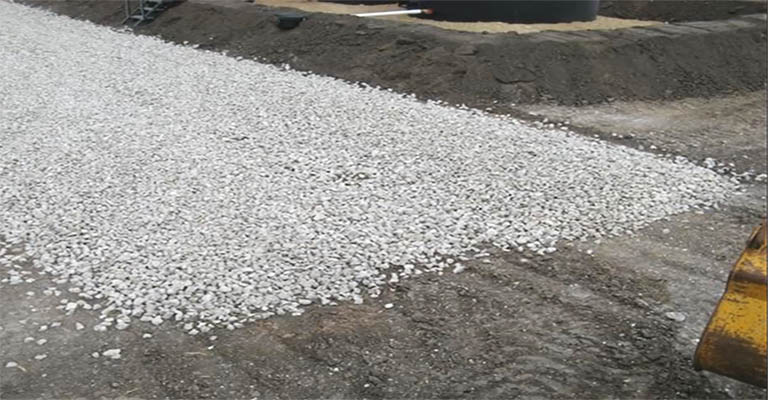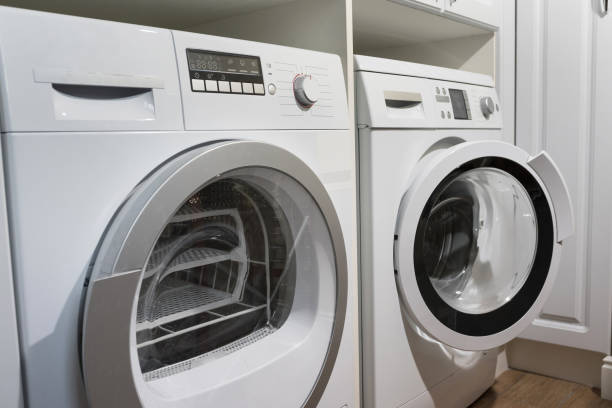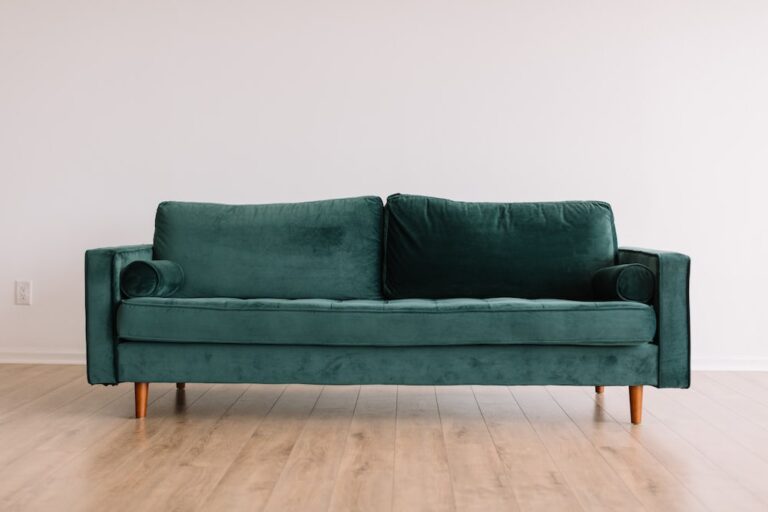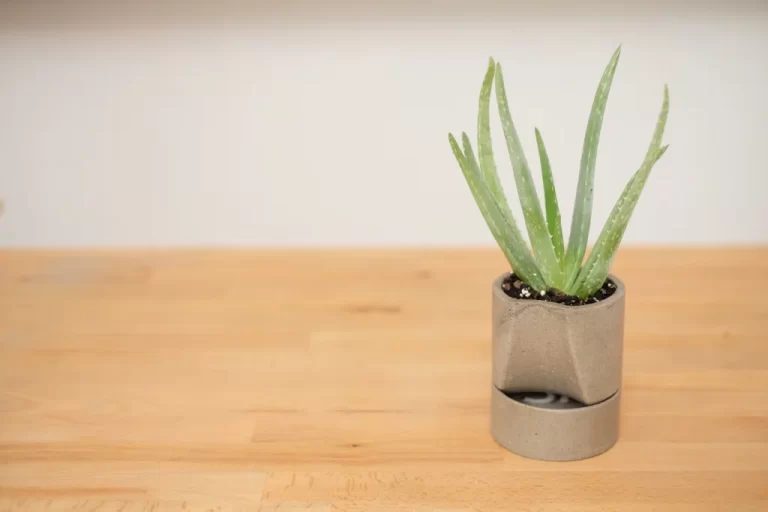Types of Comforters: A Comprehensive Guide to Cozy Nights
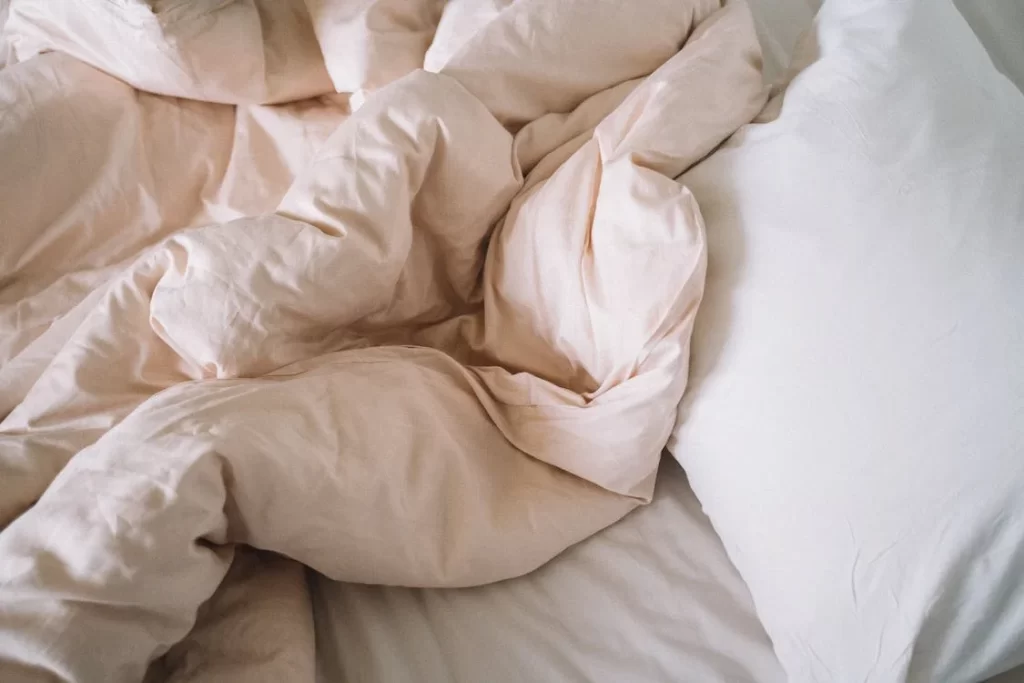
With a plethora of comforter options on the market, selecting the perfect one to match your needs can seem like a daunting task. However, understanding the different types of comforters can simplify your decision-making process, ensuring that you enjoy warm and cozy nights. This article dives deep into the various types of comforters to help you find your perfect match.
Choosing the Best Comforter for Your Needs
1. Down Comforters
Arguably the most popular type, down comforters use the soft, fluffy undercoating of a bird’s feathers – usually from ducks or geese. They are known for their exceptional insulation and breathability.
Pros:
- High warmth-to-weight ratio, providing optimal comfort.
- Durable, often lasting for several years with proper care.
Cons:
- Potential allergen for some people.
- Higher price point compared to other types.
2. Down-Alternative Comforters
A perfect solution for those who are allergic to real down, down-alternative comforters are made of synthetic fibers that mimic the warmth and fluffiness of real down.
Pros:
- Hypoallergenic.
- More affordable than natural down.
Cons:
- Might not be as warm or breathable as real down.
3. Wool Comforters
Wool has been used for centuries to keep us warm during chilly nights. Wool comforters are natural insulators and moisture-wicking, ensuring you stay warm without sweating.
Pros:
- Excellent temperature regulation.
- Natural, renewable resource.
Cons:
- Can be heavy.
- Might be itchy for some.
4. Cotton Comforters
Made entirely from natural fibers, cotton comforters are perfect for those who prefer a soft, breathable, and natural sleeping environment.
Pros:
- Breathable and soft to the touch.
- Environmentally friendly.
Cons:
- Might not provide as much warmth as other types.
- Less fluffy compared to down.
5. Silk Comforters
Silk comforters are lightweight and offer a unique combination of warmth and breathability. They are an ideal choice for those who want a touch of luxury in their bedding.
Pros:
- Naturally hypoallergenic.
- Luxurious feel and appearance.
Cons:
- Can be pricey.
- Delicate and might require special care.
6. Synthetic Comforters
These are made from man-made fibers and come in various types, including polyester, microfiber, and more. They’re an excellent option for budget-conscious shoppers.
Pros:
- Affordable.
- Wide variety of options.
Cons:
- Might not be as breathable as natural materials.
- Some can feel less luxurious than other types.
Factors to Consider When Choosing a Comforter
1. Warmth and Weight
Depending on your local climate and personal preference, choose a comforter that provides the right warmth and weight. For instance, those in colder regions might prefer down or wool, while those in warmer areas might lean towards cotton or silk.
2. Hypoallergenic Needs
If you’re prone to allergies, consider hypoallergenic options like silk or down-alternative comforters.
3. Care and Maintenance
Some comforters, like silk and down, require special care. If you’re looking for something more low-maintenance, synthetic or cotton might be a better fit.
4. Price
From budget-friendly synthetic options to luxurious silk, there’s a comforter for every price range. Decide on your budget and choose accordingly.
The Evolution of Comforters
Beyond the basic types, it’s worth noting how comforters have evolved over time. From being mere utilitarian items designed for warmth, comforters today are a blend of functionality, luxury, and aesthetics.
The Role of Technology in Comforters
With the advancements in technology, we now have comforters with features that were unimaginable a decade ago.
Temperature-regulating comforters
These use advanced fabrics and fill materials that adjust according to your body’s temperature, ensuring that you remain neither too hot nor too cold.
Eco-friendly comforters
With sustainability becoming a central concern, many manufacturers are now using recycled materials or sustainable sources for their products. Organic cotton, bamboo, and Tencel are just a few examples.
Antibacterial and Antimicrobial comforters
These are especially relevant today, given the increased emphasis on hygiene and health. Such comforters resist bacteria and microbes, ensuring a cleaner sleeping environment.
Styling with Comforters
Modern comforters also double up as decorative elements. The right comforter can transform your bedroom, adding a pop of color, a touch of luxury, or a statement of style. Many people now have multiple comforters, switching between them to refresh the bedroom’s look or to suit seasonal changes.
Choosing the Right Size and Design
While comfort is paramount, the size and design of the comforter are essential too. It should match your bed size and align with your bedroom’s overall theme. Whether you prefer minimalist designs, bold patterns, or classic neutral tones, there’s a comforter out there that complements your aesthetic.
Final Thoughts
The type of comforter you choose plays a pivotal role. Notably, the higher the fill power, the warmer and fluffier the down comforter will be. On the contrary, a lower fill power indicates a lighter warmth, suitable for those in milder climates or preferring a cooler sleep environment. Baffle box construction is another term to look out for in comforter construction; it ensures the down fill remains evenly distributed, preventing cold spots and maintaining the top and bottom layers intact. When selecting a down alternative comforter, you might find it less expensive, but make sure it is of high quality. The thread count is also significant; a higher thread count usually signifies a softer and more durable fabric, while duvet covers can add an extra layer of protection against wear and tear, not to mention they’re easier to clean than washing the entire comforter.
Furthermore, when it comes to aesthetics and care, duvet covers come in handy. They not only preserve the inside of the comforter but also offer an easy way to revamp your bedroom’s look without having to invest in a new comforter each time. This makes it more feasible to perhaps splurge on an oversized comforter, which provides that luxurious hotel-like drape on your bed. In conclusion, comforters come in various styles and constructions, from high-fill power down comforters to down alternative options. Whether you’re considering the comforter size, its fill, or the thread count, every detail contributes to your overall sleeping experience. So, before you make your final decision, weigh all these factors to ensure that you invest in a product that promises longevity, comfort, and a touch of elegance to your sleep sanctuary.

